
We planted native trees and shrubs in an area of 4950 square feet located between the St. Andrew by the Bay upper parking lot and Broadneck Park.


There were some black locust trees and lots of invasive plants in this area. In winter, you can easily see vines on the trees, including the green English Ivy. Replacing the invasive plants with native trees and shrubs reduces stormwater runoff, protects existing trees, provides habitat for native wildlife, and beautifies the landscape.
Remove Vines and Other Invasive Plants
The first step was to remove the invasive plants, including English ivy, oriental bittersweet, honeysuckle, mile-a-minute, and multiflora rose in the area we planned to restore. The invasive vines that are growing up many of the trees can smother and weaken the trees, and eventually cause branches to break off.




Plant Trees
After removing the invasive plants, we planted native canopy and understory trees obtained through Replant Anne Arundel with co-payments donated by St. Andrew by the Bay parishioners.
Larger Canopy Trees
We planted Acer rubrum (Red maple), Quercus rubra (Northern red oak), Juniperus virginiana (Eastern red cedar), Diospyros virginiana (Persimmon), and Nyssa sylvatica (Black Gum).

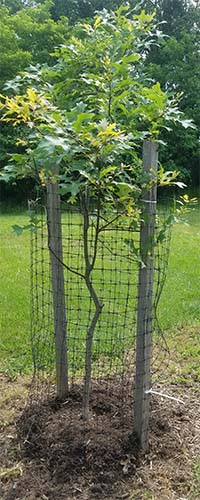

Smaller Understory Trees
We planted Cornus florida (Flowering Dogwood), Hamamelis virginiana (American Witch-Hazel), and Magnolia virginiana (Sweetbay Magnolia).

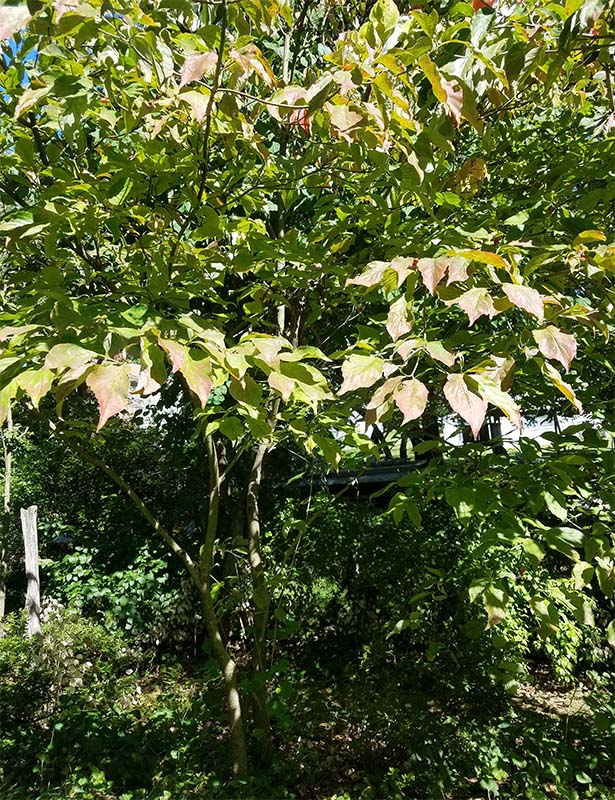

Plant Shrubs
We also planted smaller native shrubs paid for with funding from Unity Gardens. We will plant Ceanothus americanus (New Jersey Tea), Cephalanthus occidentalis (Buttonbush), Clethra alnifolia (Sweet pepperbush), Hypericum densiflorum (St John’s Wort), Itea virginica (Tassel-white, Virginia sweetspire), Morella pensylvanica (Northern Bayberry), Aronia (Photinia) melanocarpa (Black chokeberry), and Viburnum dentatum (Southern arrowwood).
Flowers
In addition to adding beauty and fragrance to the landscape, flowers provide food for pollinators.





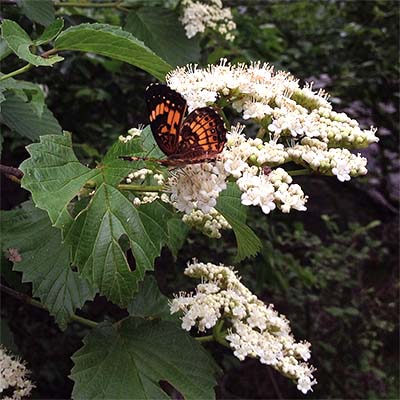
Fruits and Berries
Fruits and berries of native shrubs provide food for a variety of native wildlife.

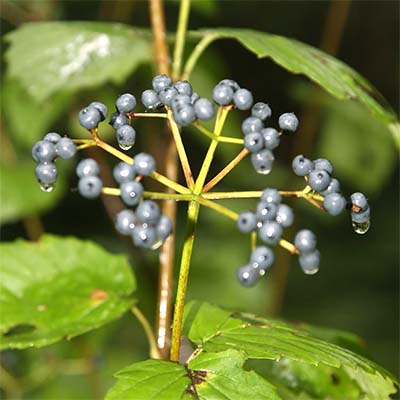
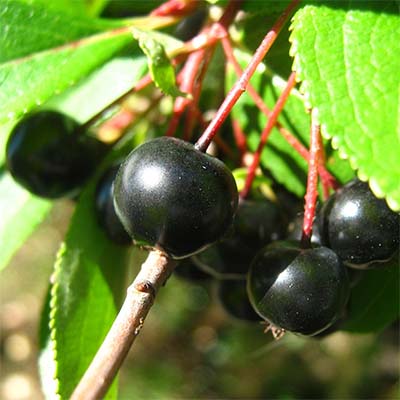
Create a Space for Learning, Praying, and Enjoying Nature

A gathering space and nature / meditation trail is part of the project, making it a space that can be used by the parish. It will also provide a focus for educating parishioners about the impacts of plants on the environment, how to choose and grow native plants, how to identify and remove invasives, and caring for nature as an expression of faith. The parish Creation Care Team has worked with the parish preschool, religious education program, and youth ministry on activities related to the environment and can incorporate the restoration into future activities.


